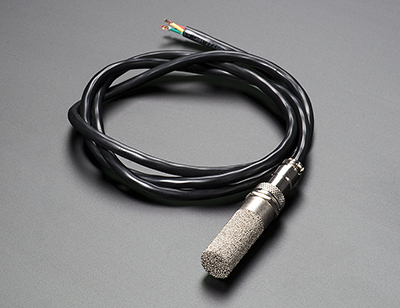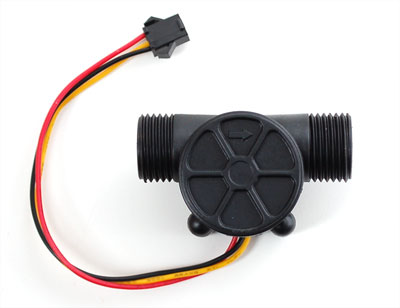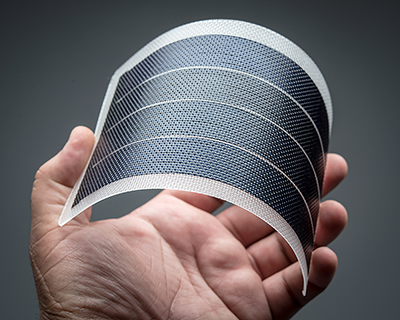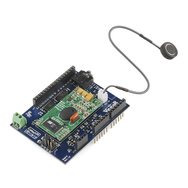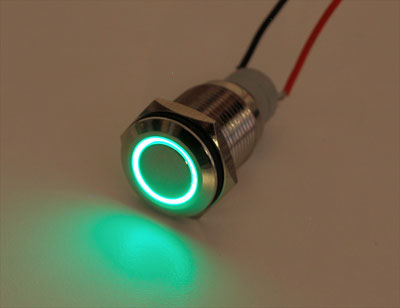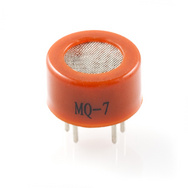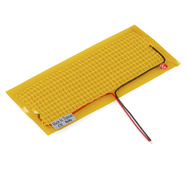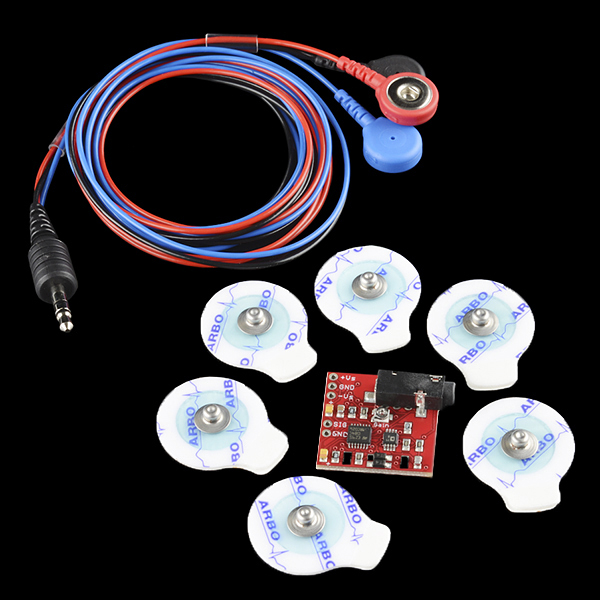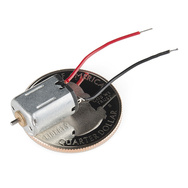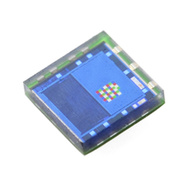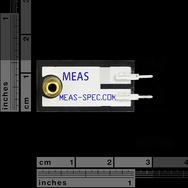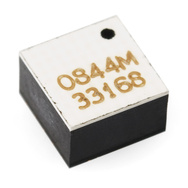Looking outwards – Adafruit
Hey everyone, I am still sorting through everything that Adafruit has to offer but here are a few pieces of technology that really sparked my interest! The first one is this soil Temperature/moisture sensor at: https://www.adafruit.com/products/1298. This product is most likely what was used in my arduino looking outwards where they created a project that allowed plants to set off lights when they needed water. The project really stuck in my mind and with this product I can see that it was probably a fair bit more simpler to construct than I had previously thought. Of course this poses another good example for me that with a few pieces of tech, and even with a simple concept, an awesome project can be born. This soil sensor can also be used to sense change in the seasons depending on the soil or perhaps to sense weather conditions (wet soil vs. dry soil).
Something else that sparked my interest was the liquid flow meter at https://www.adafruit.com/products/828. This meter sits at the base of a water line and the water moves a pinwheel found inside of the object. The meter can then calculate what sort of flow the water has. This meter is interesting since it allows one to make computer work that can interact with water. This is probably difficult to do with electronics. This may be able to be used in conjunction with the ocean, rivers, lakes, sewers, or public bathrooms. Water flow may also be used with movable art (since the energy of the art may be affected).
The flexible solar panel at https://www.adafruit.com/products/1485 , also intrigued me. A simple change to the pre-existing product of a solar panel can have wo many uses; For one, you can wear the panel as a bracelet and have the arduino be literally powered when in the palm of your hand. It may also be easier to hide many solar panel within and installation or public art in order to mask electronics like batteries or bulky wires. I’ll have to actually buy it to see if it can do all of the things I picture it doing but even so, I feel like a product like this has huge potential. It can even be used (perhaps) in conjunction with a lily pad arduino in order to make more wearable art.
